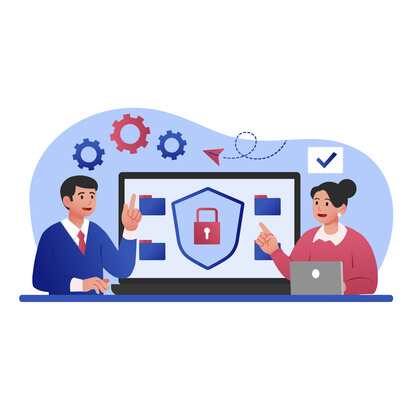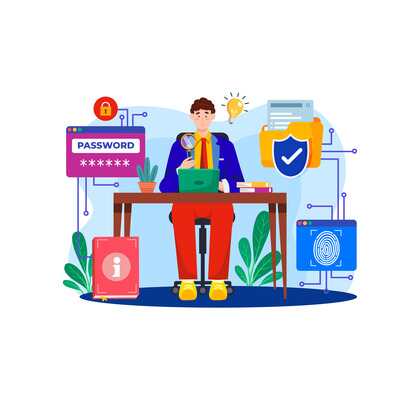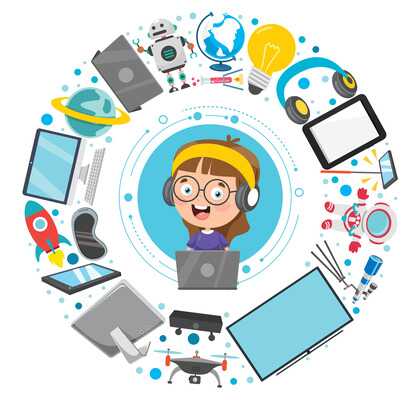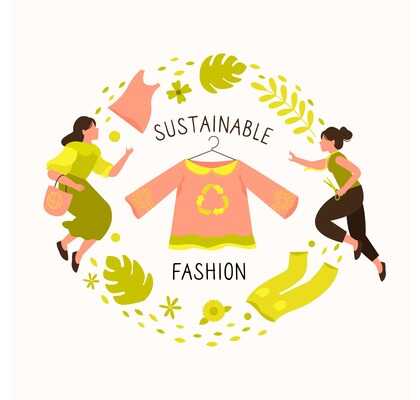Understanding the Basics of Education Loans: A Comprehensive Guide
Education is a crucial aspect of personal and professional growth, and pursuing higher studies often requires significant financial investment. In India, education loans have become a popular financing option for students and their families. This comprehensive guide aims to provide an in-depth understanding of education loans, their types, eligibility criteria, interest rates, repayment options, and other important aspects. Education loans, also known as student loans or educational loans, are financial tools designed to assist students in funding their higher education expenses. These loans cover various educational costs, including tuition fees, accommodation charges, books and study materials, travel expenses, and other related expenditures. By availing an education loan, students can pursue their academic aspirations without burdening their families financially. Education loans are specialized loans provided by financial institutions, banks, and other lending agencies to help students fund their education. These loans are typically offered at lower interest rates compared to conventional personal loans, making them a viable choice for students who require financial assistance. Government education loans are offered by nationalized banks and financial institutions under various schemes initiated by the government. These loans often have lower interest rates and favorable terms. Students can apply for government education loans through designated bank branches or online portals. Private education loans are provided by private banks and financial institutions. These loans may have higher interest rates compared to government loans but offer additional benefits like flexible repayment options and higher loan amounts. Private education loans can be useful for students seeking specialized courses or studying abroad. To avail an education loan in India, students need to meet certain eligibility criteria set by the lending institutions. The criteria typically include: The interest rates on education loans may vary based on the lending institution, loan amount, and repayment period. Government education loans generally offer lower interest rates compared to private loans. Additionally, lending institutions may provide repayment options like moratorium periods, which allow students to start repaying the loan after completing their studies. To apply for an education loan, students need to follow a step-by-step process:
Empower yourself with knowledge about education loans, and take control of your academic aspirations.
– Laura Mitchell The documents required for an education loan application typically include: After the loan is sanctioned, the lending institution follows a disbursement process. The loan amount is usually disbursed directly to the educational institution or paid in installments based on the fee structure. It is essential for students to understand the disbursement process and keep track of the loan disbursement dates. Education loans offer tax benefits under Section 80E of the Income Tax Act, 1961. The interest paid on education loans is eligible for tax deductions, which can help reduce the overall tax liability of the borrower or the co-applicant. Students and their families should consult a tax advisor to understand the specific tax benefits available to them. Repaying an education loan is an important aspect to consider. Most lenders offer flexible repayment options, including extended repayment periods and equated monthly installments (EMIs). EMIs are calculated based on the loan amount, interest rate, and repayment period. It is advisable to use online EMI calculators to estimate the monthly installment and plan the repayment accordingly. Defaulting on an education loan can have serious consequences. It can negatively impact the credit score of the borrower and co-applicant, making it difficult to obtain loans or credit in the future. Lenders have the right to take legal action and initiate recovery proceedings to reclaim the outstanding loan amount. It is crucial to prioritize loan repayment and seek assistance from the lender if facing financial difficulties. Apart from education loans, students can explore various scholarships and grants available from the government, educational institutions, charitable organizations, and corporate foundations. These scholarships and grants can provide financial assistance and reduce the burden of educational expenses. Students should research and apply for relevant scholarships to maximize their funding options. Managing education loans effectively is crucial for a stress-free repayment journey. Here are a few tips to help borrowers: Education loans play a vital role in enabling students to pursue their academic dreams. Understanding the basics of education loans, including types, eligibility criteria, interest rates, repayment options, and associated responsibilities, is essential for informed decision-making. By choosing the right education loan and managing it responsibly, students can focus on their studies without worrying about financial constraints. Introduction
What are Education Loans?
Types of Education Loans
Government Education Loans
Private Education Loans
Eligibility Criteria



Interest Rates and Repayment Options
How to Apply for an Education Loan
Documents Required
Loan Disbursement Process
Tax Benefits on Education Loans
Loan Repayment and EMI Calculation
Loan Default and Consequences
Scholarships and Grants
Tips for Managing Education Loans

Conclusion














































